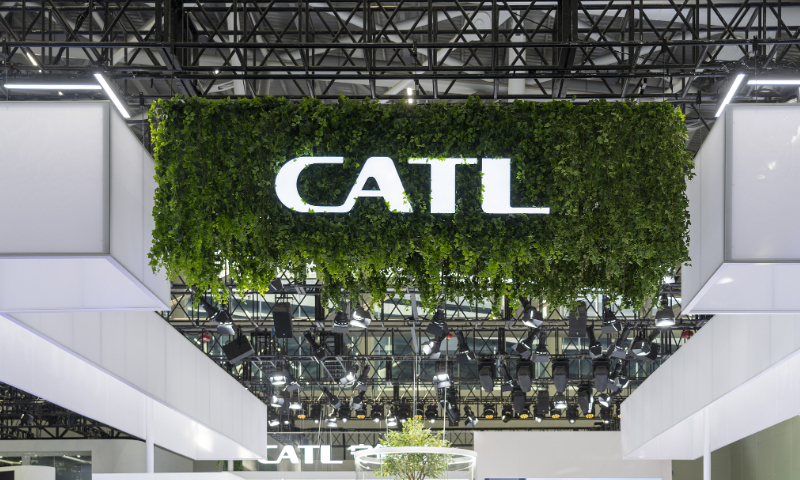SoftBank's AI Bet: Vision or Overreach?

In a bold declaration that has reverberated throughout the tech and investment landscapes, SoftBank founder Masayoshi Son is repositioning his conglomerate as a cornerstone in the AI revolution. This strategic pivot is significant, not only for the future of SoftBank but for the broader implications it poses on the market dynamics of technology and investing. Son’s vision incorporates advanced AI, specifically artificial superintelligence (ASI), which he predicts will materialize within a decade. Such ambitious forecasting requires a careful unpacking of trends in technology investments and their ripple effects across global markets.
Son's history of audacious investments, such as the early venture into Alibaba, showcases his ability to identify latent potential. His latest strategy to amass a portfolio of AI companies is underpinned by calculated moves that include high-stakes acquisitions such as Arm and Ampere Computing, as well as significant investments in OpenAI totaling approximately $32.7 billion. The focus on building an AI ecosystem reflects a keen awareness of the evolving technological landscape and a desire to harness the transformative capabilities of AI across various sectors, including health, education, and autonomous systems. By embedding AI into the very fabric of SoftBank's corporate strategy, Son is attempting to connect the dots between semiconductors, software, and end-user applications. Are we witnessing the dawn of a new tech paradigm, or are these merely speculative leaps in an inflationary environment where valuations are interrogated?
The risks associated with such a robust commitment to AI are manifold. Historical parallels can be drawn to both the dot-com bubble and the 2008 financial crisis, highlighting how irrational exuberance can lead to disastrous outcomes if undercurrents of overvaluation move unchecked. The recent turmoil surrounding SoftBank's Vision Fund, which faced scrutiny following costly missteps in areas such as ride-hailing and real estate, raises pertinent questions about the sustainability of Son's aggressive AI investments. With the market volatility influenced by external factors ranging from soaring inflation to geopolitical tensions, could SoftBank's positioning ultimately expose the firm to unforeseen vulnerabilities?
Despite these challenges, opportunity also lies in the evolving AI landscape. The technology is not merely an investment trend but a critical enabler for competitiveness and innovation. As Son endeavors to build a robust AI framework, he positions SoftBank as both an investor and a catalyst for industry-wide advancements. This strategic foresight might echo the sentiments of stakeholders, from eager investors looking for the next technological revolution to regulators grappling with the implications of AI on labor and ethical boundaries. The potential for disruption remains high, as evidenced by unexpected competitors emerging from different corners of the world, such as DeepSeek, which challenges the notion of U.S. supremacy in AI development.
In summary, Masayoshi Son's latest maneuvers paint a picture of a visionary willing to embrace risk for the chance of groundbreaking advancements. As investors and industry watchers look ahead, SoftBank's journey through the AI ecosystem will likely be a barometer of technological trends and market sentiments. The fundamental question remains: Can Son's ambition translate into sustainable success, or will the potential for misjudgments overshadow the innovations he is banking on? The answers may unfold in the coming years as the narrative of AI continues to evolve, but one thing is certain—those on the frontlines of these developments will need to remain vigilant and adaptable to the rapidly shifting sands of technology and investment.
Read These Next

CATL Pauses Yichun Mining Operations Pending License Renewal
CATL halts lithium mining in Jiangxi after license expiration; market reacts with volatility amid supply concerns.

ASMPT's Strategic Shift in Semiconductor Manufacturing
ASMPT announces closure of its Shenzhen facility as part of strategic optimization aimed at enhancing competitiveness while addressing potential operational risks and employee impacts.

Trump's Crime Rhetoric: Strategy or Reality?
Trump's recent statements about crime and homelessness in Washington D.C. highlight discrepancies between his rhetoric and actual crime data, signaling potential political strategies and their implications for urban policy.
